Valencia Institute of Modern Art (IVAM)

The museum takes a look at the artistic avant-garde of the 20th century, from Abstract and Pop Art, through to European Informalism and the New Figurative movement.
Its permanent exhibition features the Julio González and Pinazo collections, and it offers a programme of activities with temporary exhibitions, lectures, courses and workshops.
There is also an underground room (which I missed) where visitors can see a large stretch of Valencia's mediaeval city wall, which was demolished over one century ago and discovered during the building works for the museum.
[¬www.spain.info/en/places-of-interest/valencia-institute-modern-art-ivam/] |
I visited three of the five halls.

I am not an art connoisseur, but in recent years I did 'explore' names and exhibitions. I found the art of Asger
Jorn very interesting, a.o. inspired by prehistoric cave drawings but some of it also connects to the history of WWII.

Asger Oluf Jorn (b.03Mar1914 – d.01May1973) was a Danish painter, sculptor, ceramic artist, and author.
He was a founding member of the avant-garde movement COBRA and the Situationist International. He was born in Vejrum, in the northwest corner of Jutland, Denmark, and baptized Asger Oluf Jørgensen.
The largest collection of Jorn's works—including his major work Stalingrad—can be seen in the Museum Jorn, Silkeborg, Denmark.
Jorn willed his property and the works of art located inside to the Municipality of Albissola Marina (Savona), so the Italian museum called 'Casa Museo Jorn' was created for displaying his works.
[¬ en.wikipedia.org:_Asger_Jorn] |


The occupation of Denmark by Nazi Germany was a time of deep crisis for Jorn, who had been deeply inculcated with pacifism. The occupation initially sank him into deep depression.
He subsequently became active in the communist resistance movement. During the war he also co-founded with the architect Robert Dahlmann Olsen the underground art group, Helhesten or "hell-horse," and was a contributor to its journal with the same name, Helhesten.
In 1939, he wrote the key theoretical essay, 'Intimate Banalities', published in Helhesten, which claimed that the future of art was kitsch and praised amateur landscape paintings as "the best art today."
He was also the first person to translate Franz Kafka into Danish. [¬ en.wikipedia.org:_Asger_Jorn] |

"This exhibition, at the Institut Valencià dárt Modern, showcases some of the most outstanding works of the Danish painter Asger Jorn. A founding member of avant-garde movements such as Cobra and the Situationist International, Jorn transformed the world by producing, collecting and reworking images. Originality and the avant-garde in its purest form.
In the middle of the 20th century, during a stay in Sweden, he drew several members of the indigenous Sámi people. Over the years, he made several copies of that original drawing and invited various artist friends to experiment by doing the same. The result? A proliferation of interpretations and experiments, open to interpretation by the spectator." |

A few years ago I attended a photo exhibition in Palazzo Grassi! Fond memories.

Screenshot from a video display, leafing through pages and pictures.
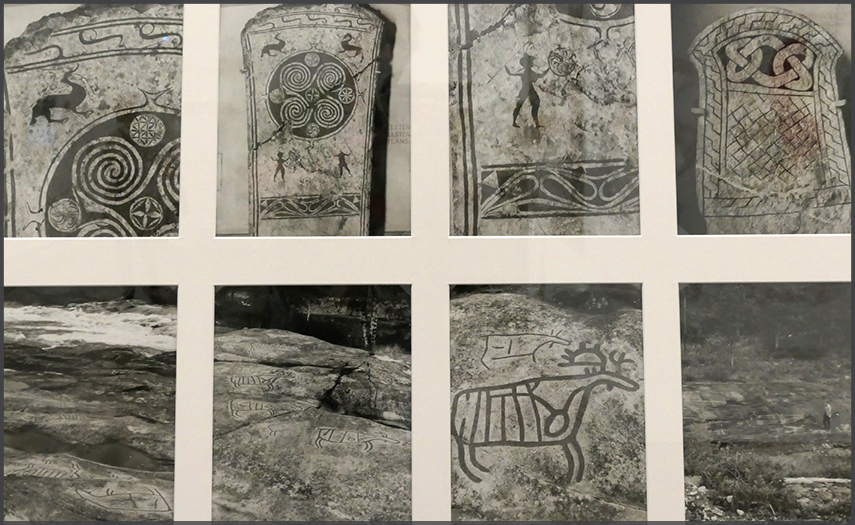
16 Feb 2023 - 18 Jun 2023 Exhibition: 'Open Creation and its Enemies: Asger Jorn in Situation' LINK

'IN A HOUSE, Genealogy of domestic labour and care'. IVAM Centre..

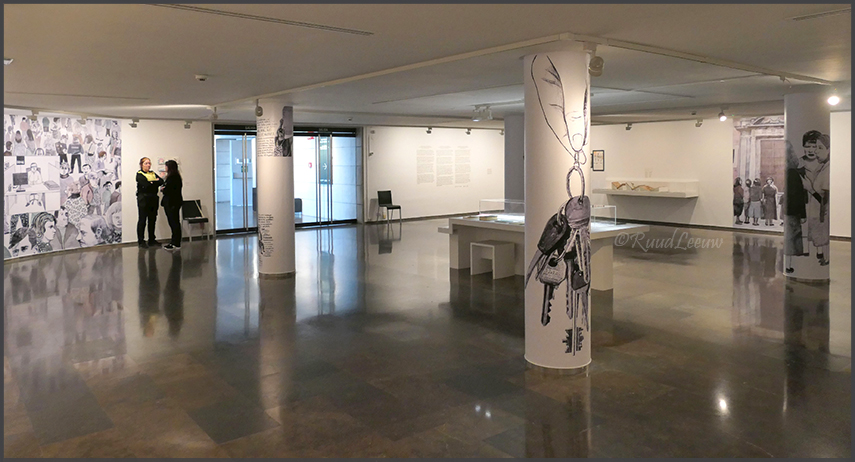
"The exhibition In a House. Genealogy of domestic work and care, is a proposal by Ana Penyas (Valencia, 1987), National Comic Award in 2018 for Estamos todas bien, and Alba Herrero (Valencia, 1986) anthropologist and multidisciplinary researcher.
The exhibition is organized from the archival material and life experiences of women of different ages and backgrounds, domestic workers, but also employers. The proposal covers the temporal, spatial and social changes linked to this work since the post-war period, traditionally feminized and precarious."
[¬ivam.es/es/educacion/visita-en-una-casa] |

Aircraft postcards from Julio González to his family, 1908-1911.
IVAM Centre Julio González
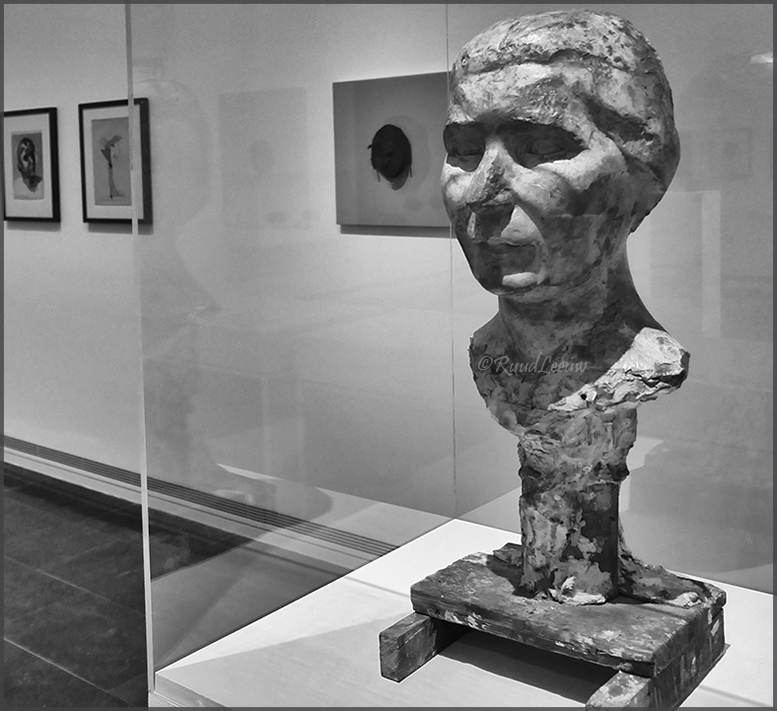
Busts, heads & masks by Julio González
(IVAM Centre)
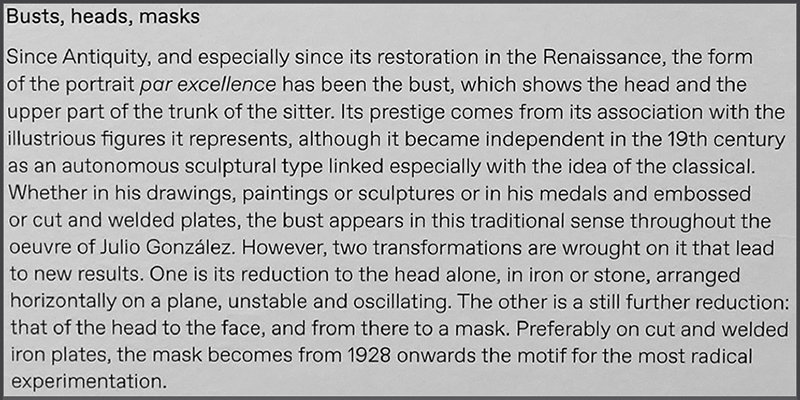
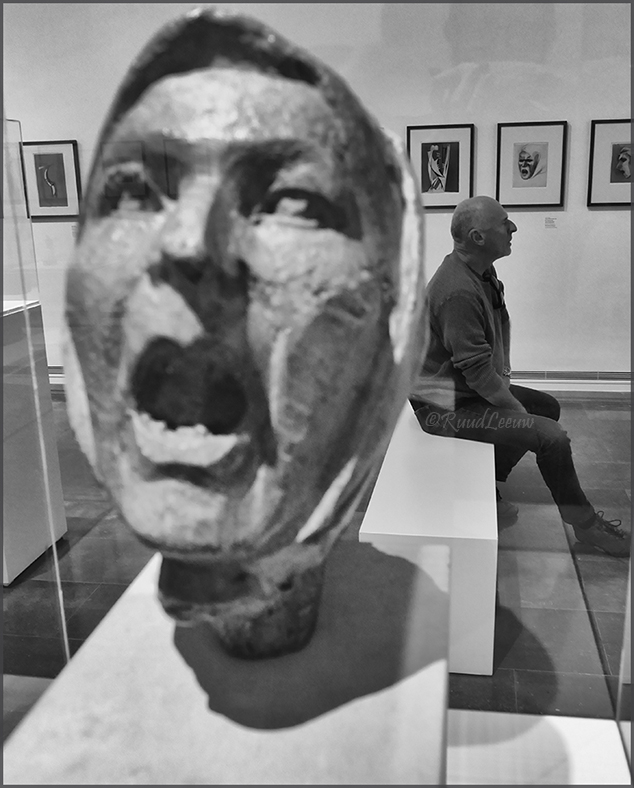

This exhibition places the work of Julio González (Barcelona, 1876-Paris, 1942) at the center of the aesthetic, political and social debate of his time and aims to generate a discourse that relates all these aspects from the works and documentation that the IVAM preserves of him and other artists of the historical avant-garde.
[¬ ivam.es/es/exposiciones/julio-gonzalez-y-las-vanguardias/] |


I am always keen to record a library for its treasure of books and documents, a source of knowledge!

The intention of the new exhibition on Ignacio Pinazo is to propose a new biopolitical approach to a part of his work: that formed by the set of less academic representations of style and poetics, produced for the most part by and for the artist himself, both in painting and drawing format.
This body of work is of special interest because the artist himself was recognized by his contemporaries as the promoter of a systematic artistic practice carried out on and in open public spaces. These artistic practices of Pinazo enter directly into relation to the new ways of inhabiting public spaces, the changes in the behaviors of groups and crowds and the relationships established with the cultural context in which they occurred.
[¬ivam.es/es/exposiciones/pinazo-y-el-espacio-publico/] |




Ignacio Pinazo Camarlench (b.11Jan1849 – d.18Oct1916) was a Spanish painter from Valencia. He was one of the most prominent Impressionist painters from late 19th century Spain.
Born into a poor family in Valencia, Pinazo was forced from a young age to assist in supporting the family by practising various trades. He had only attended eight grades when his mother died of the cholera, and young Ignazio was variously employed as a silversmith, a painter of tiles, and a decorator of fans. After his father's death, he lived with his grandparents, and in 1864 enrolled in the San Carlos Academy of Fine Arts, Valencia, earning his living as a hatter.
His artistic career started when he was 21, and he achieved his first success in Barcelona three years later. In 1871, work by him was displayed in the National Exhibition of Fine Arts for the first time.
[¬Wikipedia] |
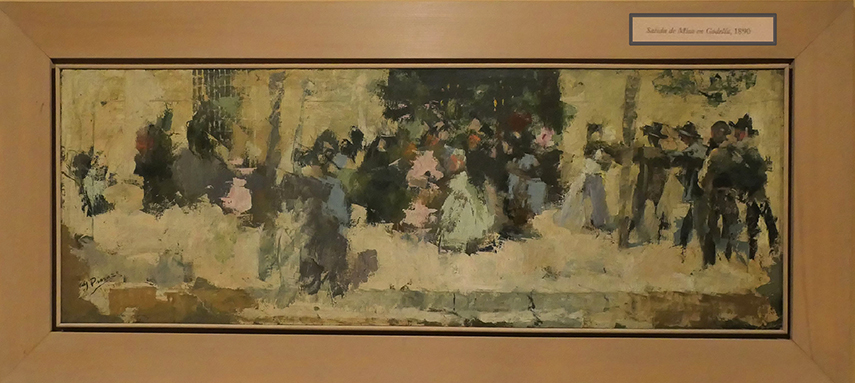

In 1873 the sale of a painting provided sufficient funds for Pinazo to visit Rome for the first time. When he returned to his native city in 1874, he abandoned the conventional historic themes he had so far devoted his efforts to, and instead started painting family subjects, nude figures, and scenes from daily life.
He returned to Rome in 1876, having obtained a grant from the Diputación de València, this time staying for five years.
The annual art exhibitions brought him silver medals in 1881 and 1885, and gold medals in 1887 and 1899.
He also received a royal medal and in 1912 a street in Valencia was named after him.
[¬ Wikipedia] |

Clavariesas, 1900. Best viewed from a distance!
|
 Photos © Ruud Leeuw
Photos © Ruud Leeuw
 Photos © Ruud Leeuw
Photos © Ruud Leeuw